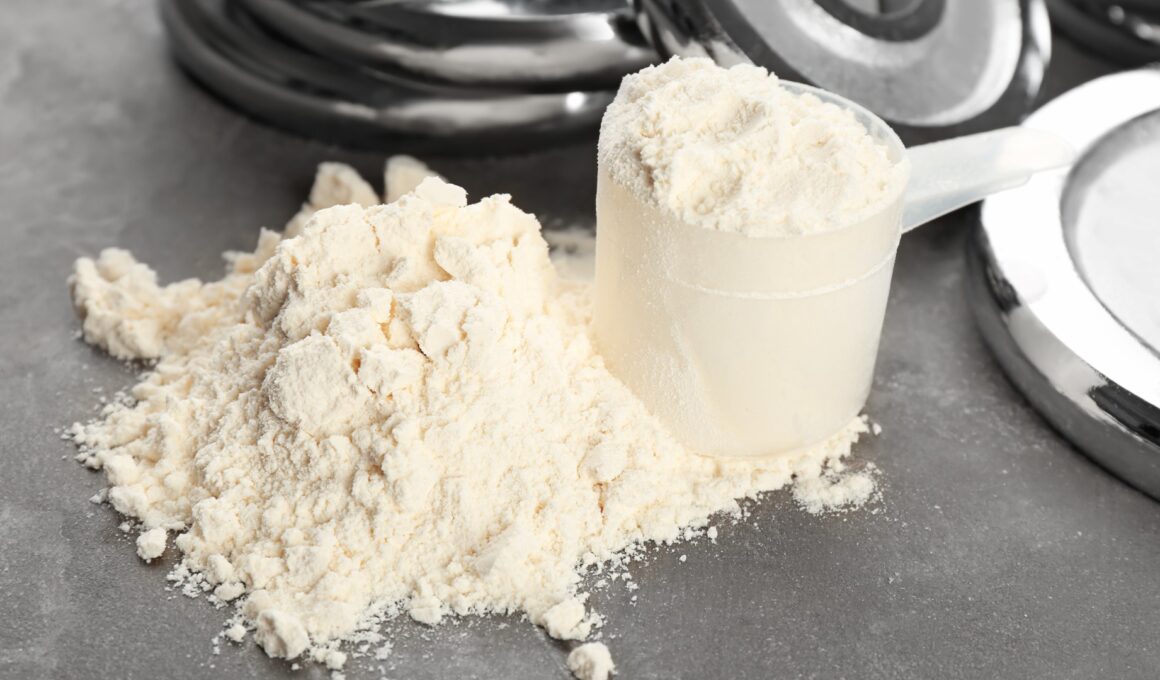When choosing a protein shake it’s important to think carefully before making a purchase. Protein shake is not cheap and thus you want to ensure you’re making a good investment before you part ways with your hard earned cash. Get this right and you could accelerate your efforts in the gym resulting in a more toned and impressive physique. Get it wrong and you could just end up with a paunch, an empty wallet and a lack of motivation to carry on training at all.
Unfortunately though, this is a rather complex subject with a myriad of different choices to make. Not only do you have a range of different protein sources from a wealth of different manufacturers – each filled with a range of different ‘extras’ – but you also have words like ‘concentrate’ and ‘isolate’ to try and figure out.
Read on and let’s unravel what precisely these terms mean and why they’re important.
What Is Whey?
First of all, let’s take a look at what ‘whey protein’ actually is. Essentially, whey is a by-product that comes from milk during the cheese making process. It is the liquid part of the milk that is separated from the curds while the cheese is made. It contains protein, fat, carbs and a lot of nutrients and is particularly well absorbed by the body making it a great candidate for protein shakes. It also has a strong amino acid profile – this means that it contains a good range of the building blocks of proteins making it useful for a wider range of tasks within the body.
How Whey Is Made
Whey protein is made by forcing the liquid part of the milk through a filter. This removes the water and leaves behind the pure whey, which then gets dried. This is all you need to do in order to create whey concentrate which contains various fats and carbohydrates in the form of lactose. Protein percentage can be anywhere between 30% to 80%.
Now in order to create whey isolate, the concentrate must be processed further and broken down using various techniques. This then means that the remainder is an even higher percentage of protein to fat and carbs. However at the same time, this can lead to denaturation meaning that some of the bioavailability is lost (meaning the body can’t use it as easily). Not only does fat actually aid with protein absorption, but processing can also alter the protein itself by breaking down peptides which may alter their availability.
There is actually also a third type of whey called ‘hydrolyzed whey’. This is whey that has once again been processed even further than isolate, thereby breaking down the peptides even further. These peptides are absorbed particularly quickly into the bloodstream, but may also result in lesser benefits in some areas.
Which to Choose
So with all that in mind… which do you choose?
This is going to depend largely on your individual budget, goals and preferences. Isolate is a far more processed product which may contain fewer health promoting benefits as a result (in the same way that processed bread contains fewer benefits as compared with whole grains) and is also more expensive. Thus if you’re on a budget and want to generally boost your health, then concentrate would be the better choice.
More to the point, if you’re looking to bulk (meaning you want to gain indiscriminate size), then there is really no benefit to isolate. Even if you want to add lean muscle, using a concentrate that is 80% protein will normally do the trick.
On the other hand, if you’re looking to add very lean muscle with a premium product and you have a large budget, then an isolate may be a good choice for you – particularly when taken with some additional BCAAs and maybe a small amount of fat to aid absorption. If you want to go further and even leaner, then you can even use a hydrolyzed protein.
Then again there is also a third option – which is to use a protein shake that has a combination of both concentrate and isolate proteins thus covering all bases.
Or you could just go with egg protein…




